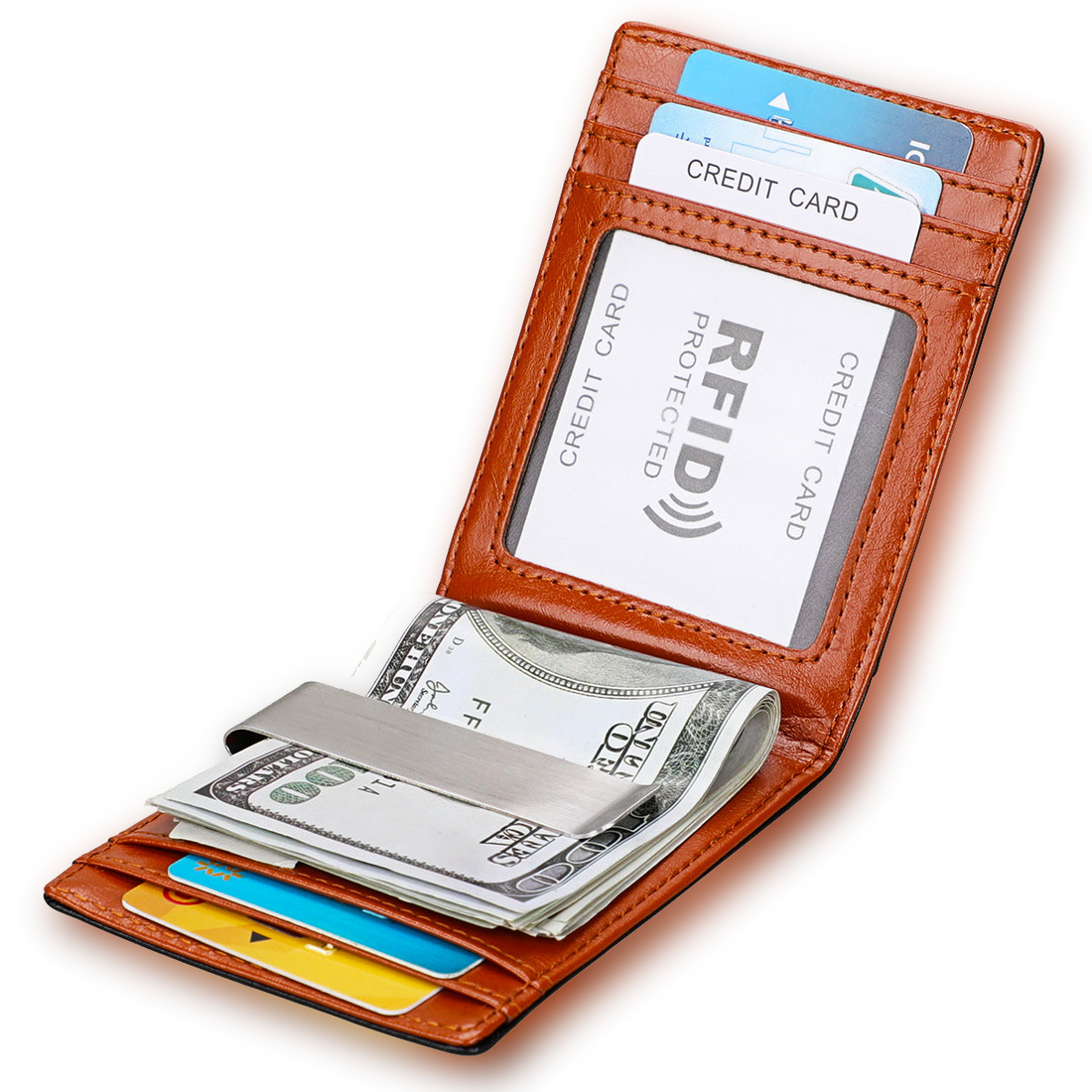How Our RFID Blocking Wallets Work in Real Life: Securing Your Personal Information
In today's technologically advanced world, where convenience and connectivity are paramount, the need to protect our personal information has become increasingly crucial. One such threat is RFID (Radio Frequency Identification) skimming, a method used by identity thieves to steal sensitive data from contactless cards, such as credit cards, passports, and driver's licenses.
However, with the advent of RFID-blocking wallets, individuals can safeguard their money and personal information online and mitigate the risk of unauthorized access online. In this blog, we will explore what is RFID technology and how RFID-blocking wallets work in real life, providing you with the confidence and peace of mind to navigate the digital landscape securely.
Understanding RFID Technology
Before delving into the intricacies of RFID-blocking wallets, it's essential to grasp the underlying technology. RFID utilizes electromagnetic fields to wirelessly transmit data between a tag or card and a reader.
Contactless and credit cards that, equipped with embedded RFID chips, are becoming increasingly popular due to their convenience and ease of use. However, this convenience comes with a potential security risk. Without proper protection, cybercriminals can intercept a transaction and steal sensitive information from credit card by simply scanning the RFID signal.
How Our RFID Blocking Wallets Function
RFID-blocking wallets offer a practical and reliable solution to safeguard personal information. These wallets integrate a specialized material, such as a metal mesh or conductive fabric, which creates a Faraday cage-like effect. The Faraday cage, named after the renowned physicist Michael Faraday, is an example of an enclosure made of conductive materials that block external electromagnetic fields.
In the case of RFID-blocking wallets, this enclosure prevents the RFID signals from reaching the embedded chips within contactless cards. The protective material used in these wallets contains conductive elements, such as metal fibers or layers. When an RFID reader emits a signal to communicate with an RFID chip, the conductive material in the wallet absorbs and disperses the electromagnetic energy, thus effectively blocking the signal from reaching the chip. As a result, the wallet acts as a shield, preventing any potential skimming attempts.
Factors to Consider
When choosing to purchase an RFID-blocking wallet, there are a few key factors to consider to ensure its effectiveness:
-
Material quality: Opt for wallets made of high-quality conductive materials, such as metal-infused fabrics or genuine leather with built-in RFID protection.
-
Capacity and design: Select a wallet that suits your needs in terms of size, compartments, and organization. Look for wallets that maintain RFID protection across all card slots.
-
Independent testing: Consider wallets that have undergone independent testing and certification to validate their RFID blocking capabilities. We at IronClad Family test every product before offering it to you.
Conclusion
To summarize, protecting personal information has become a paramount concern, in an era where digital connectivity is an integral part of our lives. RFID-blocking wallets offer a practical and effective solution to mitigate the risks associated online transactions and with RFID skimming.
While the threat of RFID card skimming may not be prevalent in every situation, investing in an RFID-blocking wallet provides peace of mind and adds an extra layer of security to your everyday life.


